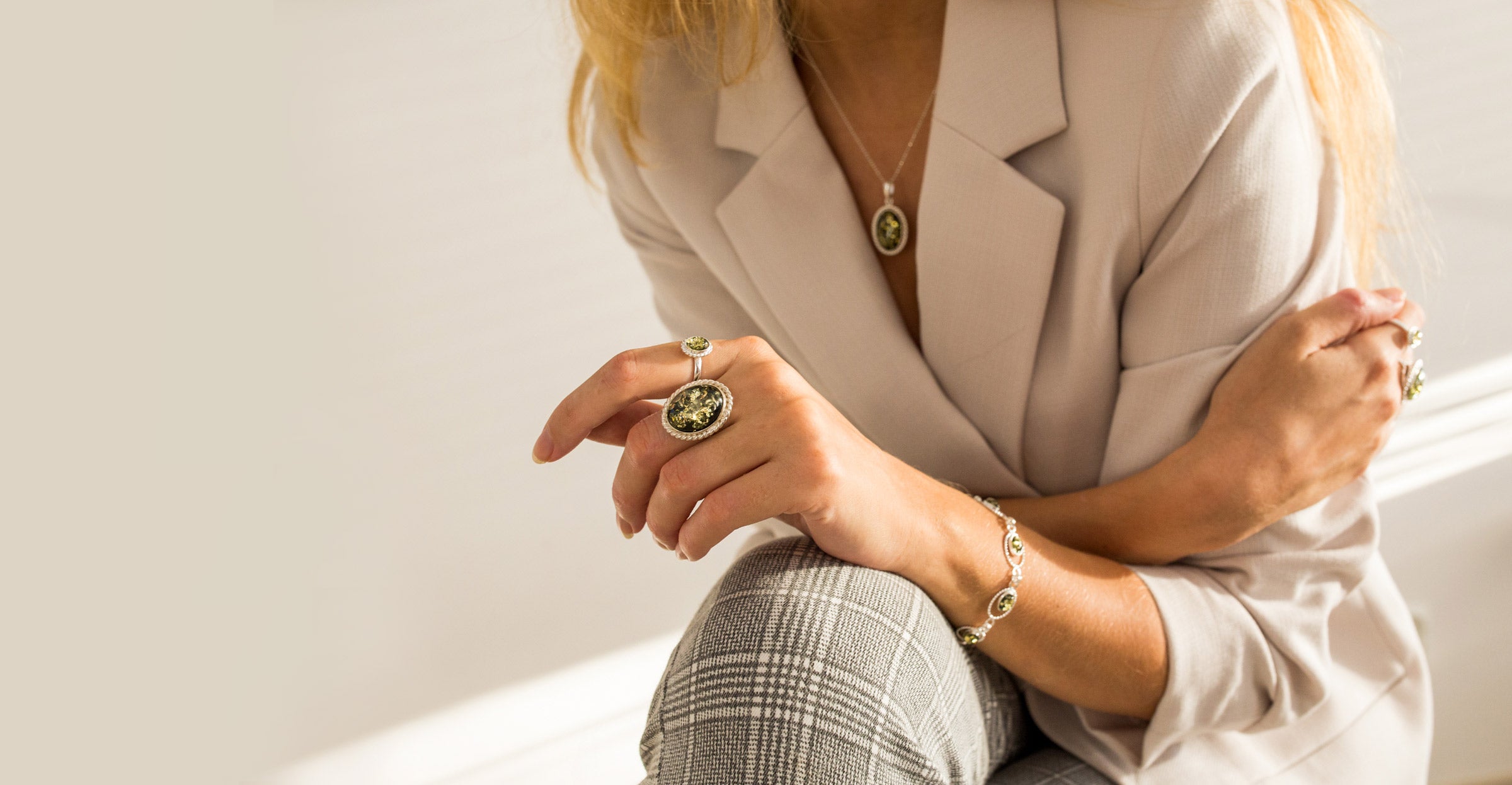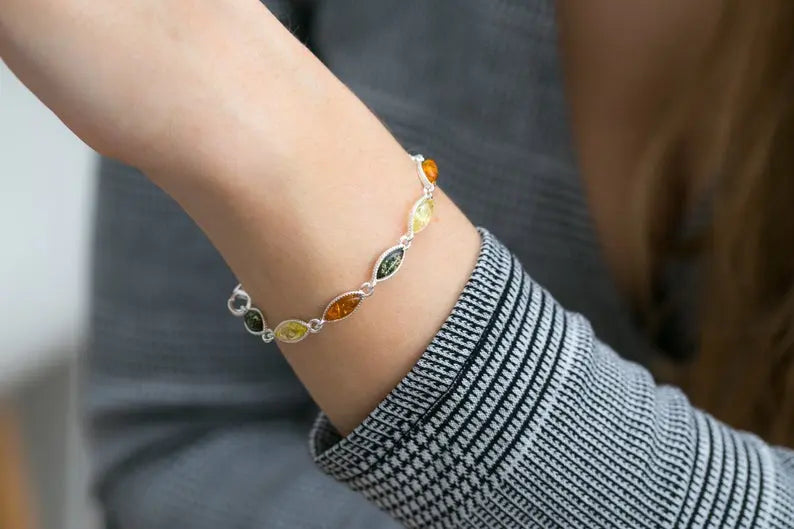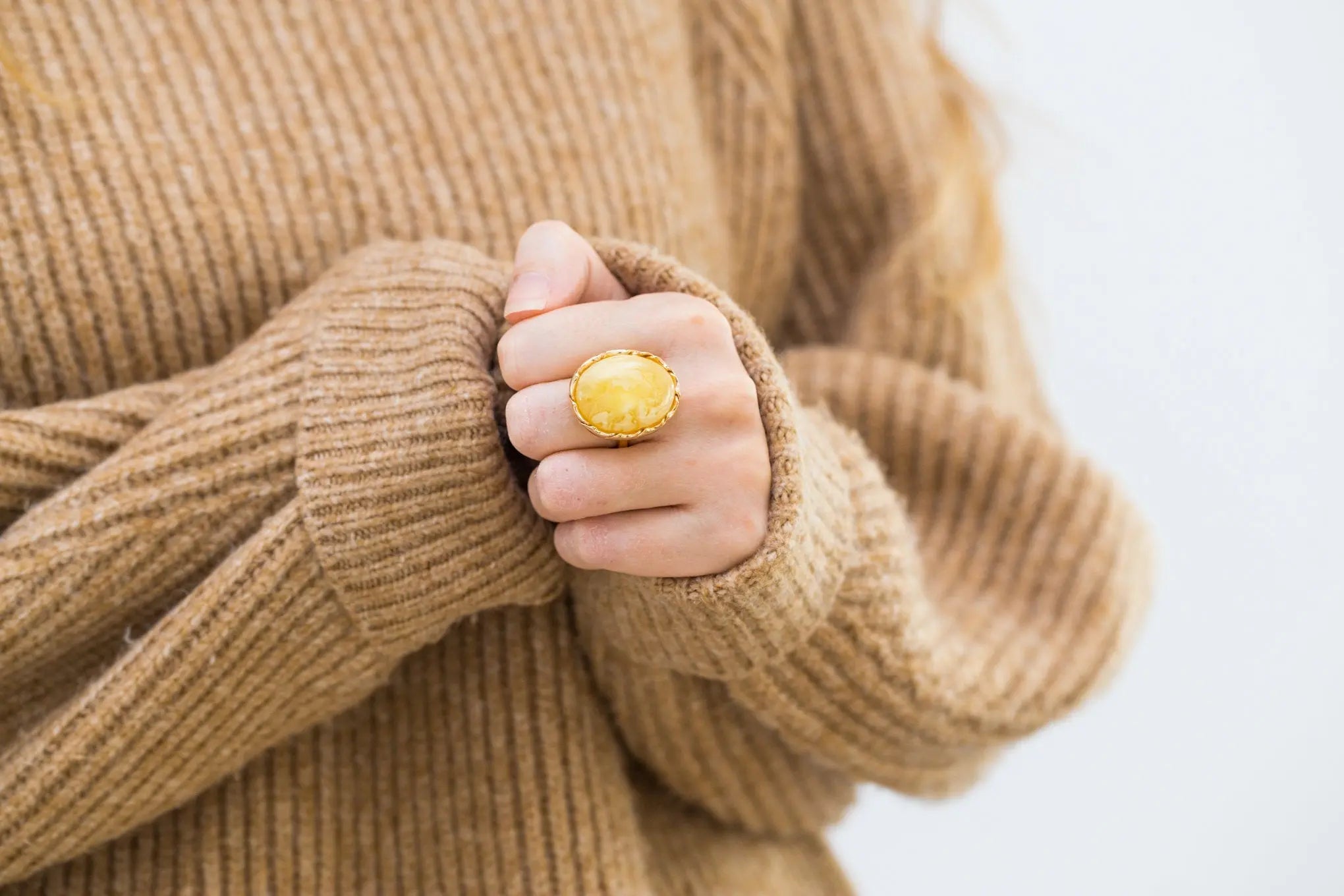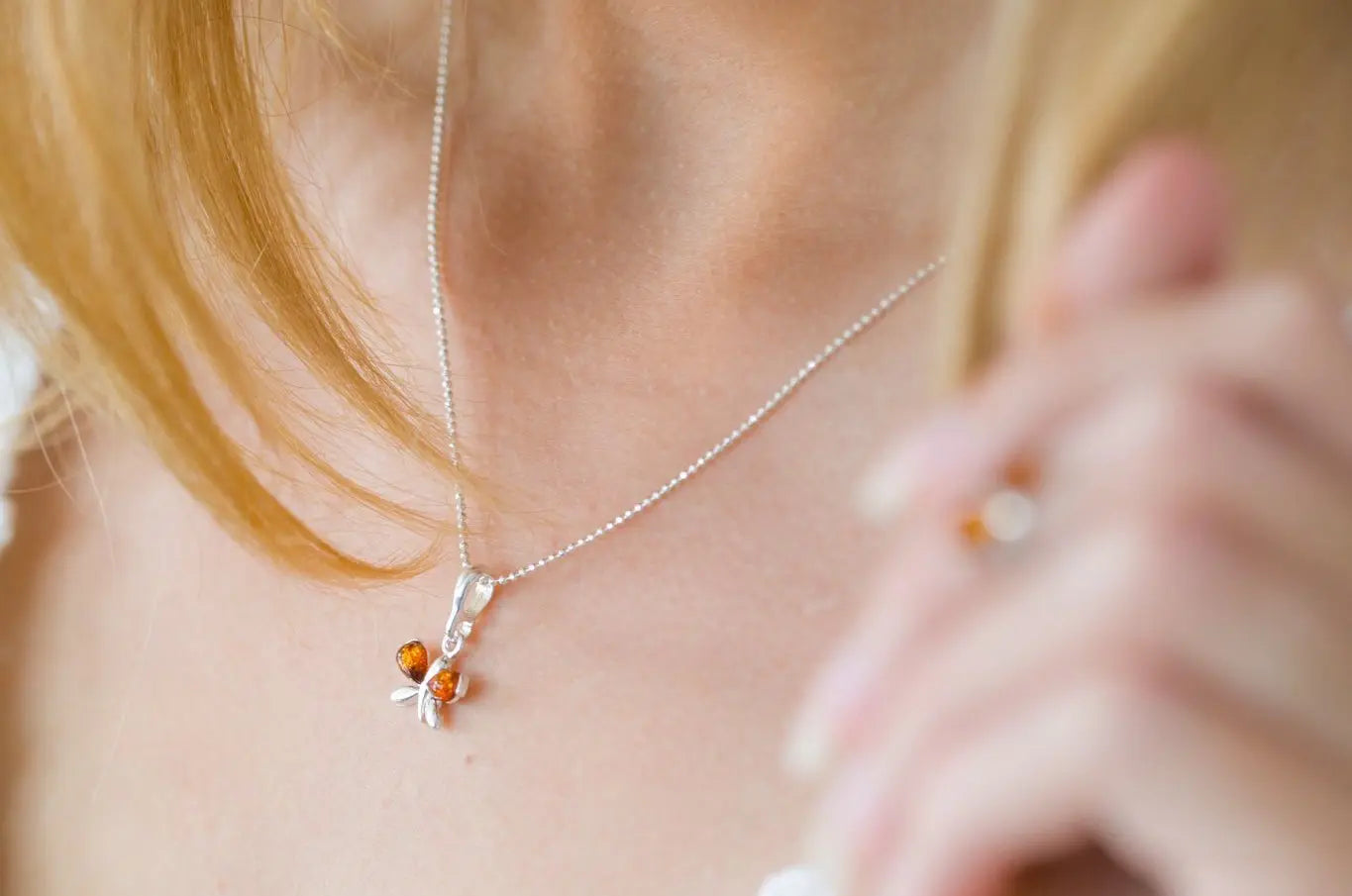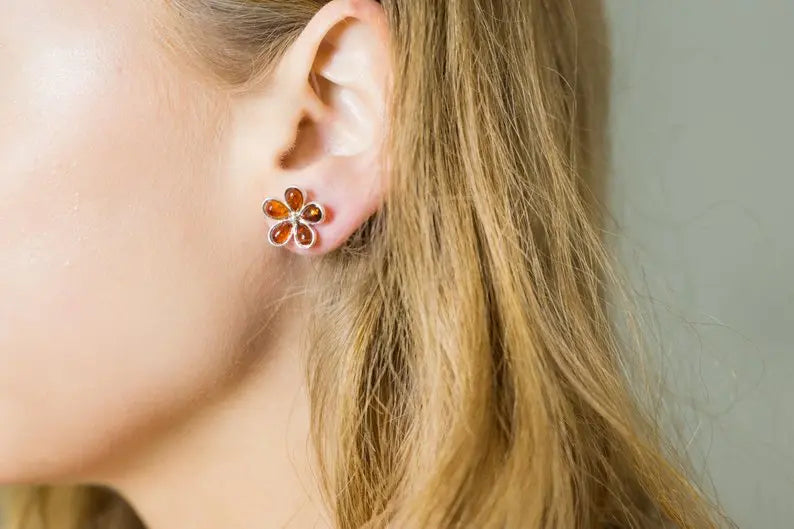How to Know If Your Amber Jewellery is Fake or Real | How to know if your amber is genuine
Amber has captivated Britons for centuries with its warm, honey-like glow and intriguing history. This ancient gemstone, often used in jewellery, is formed from fossilised tree resin, and its unique characteristics make it a prized possession. However, with the rise of counterfeit products in the market, it's essential to know how to differentiate between real and fake amber. In this blog post, we'll explore some key indicators that can help you determine the authenticity of your amber jewellery.
Visual Inspection
The first step in identifying real amber is to carefully examine its visual qualities. Genuine amber can come in a range of colours, including shades of yellow, orange, brown, and even green or blue. You may also find amber with natural inclusions, such as small plant or insect fragments, trapped inside. These inclusions are not only beautiful but also serve as a telltale sign of authenticity. Look closely at the piece for any imperfections, as authentic amber often has tiny surface cracks or irregularities.
Feel the Weight
Amber is a lightweight material. If your jewellery feels surprisingly heavy, it may be a sign that it's not genuine. Hold the piece in your hand and gauge its weight compared to other known lightweight materials like plastic. Real amber should feel relatively light, and its warmth will be noticeable when you touch it.
Scratch Test
While this test should be approached with caution, it can provide some useful insights. Gently try to scratch the surface of the amber with a sharp object (a needle or a pin). Authentic amber is quite soft compared to many other gemstones and should show minor scratches if you apply slight pressure. However, this test should not be too aggressive, as it could damage your valuable piece if it's genuine.
Scent
Real amber has a distinctive and pleasant scent when heated. You can perform a simple at-home test by rubbing the amber vigorously between your hands until it becomes warm, and then bring it close to your nose. You should detect a faint, pine-like resinous smell, which is one of the hallmarks of genuine amber. If the piece doesn't emit this aroma, it may be a sign that it's fake.
Float Test
Amber is buoyant in saltwater. Prepare a saltwater solution by dissolving salt in water (about 1 part salt to 2 parts water). Drop your amber piece into the solution. If it floats, there's a good chance it's real amber. However, be aware that some plastic imitations can also float, so this test should be used in conjunction with other methods.
Check for Fakes
Unfortunately, counterfeiters have become quite skilled at imitating amber's appearance. One common method is using plastic or copal, a younger form of tree resin that can be easily mistaken for amber. These materials may lack the unique inclusions and imperfections found in real amber. Be wary of jewellery that appears too perfect or lacks natural irregularities.
Seek Expert Opinion
When in doubt, it's always a good idea to consult an expert. Reach out to a reputable jeweller or gemologist who has experience with amber. They can conduct professional tests, such as infrared spectroscopy, to accurately determine the authenticity of your piece.
In conclusion, being able to differentiate between real and fake amber jewellery is essential for both collectors and enthusiasts. By carefully examining visual qualities, considering weight, performing safe tests, and seeking expert opinions when needed, you can ensure that your amber jewellery is genuine. Remember, the beauty and historical significance of real amber make it a treasure worth preserving and enjoying for generations to come.

